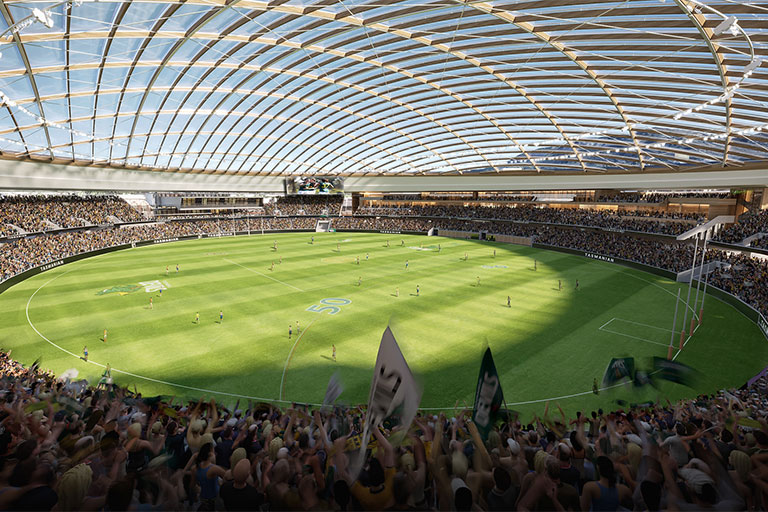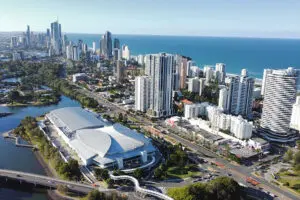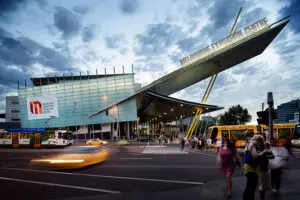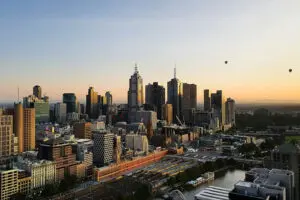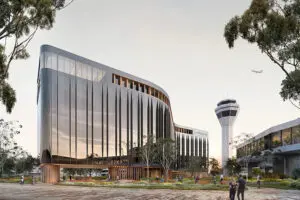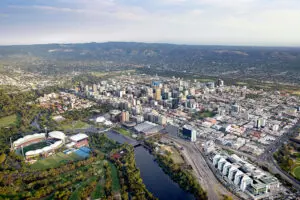In a statement this morning, the government said there had been “strong interest” in a public private partnership arrangement to make the stadium a reality, but suggested that a PPP would come at a higher cost to taxpayers, take longer to instigate and “take away from the asset being owned by and for the Tasmanian people”.
As micenet understands, an asset delivered through a PPP arrangement can remain owned by the government and, therefore, by extension, the taxpayer. However arguments have been made that PPPs can benefit the private sector more than they benefit the public.
“Feedback from the market sounding process was crucial in understanding how to activate the precinct in a way that unlocks decades of economic investment, jobs and opportunities,” said the state’s business, industry and resources minister, Eric Abetz.
“The decision to prioritise the delivery of the multipurpose stadium through a ‘design and construct’ pathway provides certainty and confidence in the future of the precinct and the Tasmania Devils AFL Club.
“We cannot afford any delays if we are to meet existing timeframes set out in the AFL agreement. Without a stadium, there is no Tasmanian AFL team.”
Today’s statement indicates “commercial development opportunities” within the Macquarie Point precinct are expected to generate investment from the private sector.
Aside from being an AFL home ground, the 23,000-seat covered stadium also promises to deliver additional options for business events in Hobart, with a 1,500-pax function room and a stage pocket included in concept designs for the facility last year.
The development of the stadium at Macquarie Point has encountered some controversy to date.
An independent report from economist Nicholas Gruen, released at the start of the year, found the cost of the stadium had been underestimated.
And last month, the Tasmanian Government announced it would introduce new laws into state parliament so that the stadium development could sidestep existing planning processes, after an assessment from the Tasmanian Planning Commission raised issues with the project.




